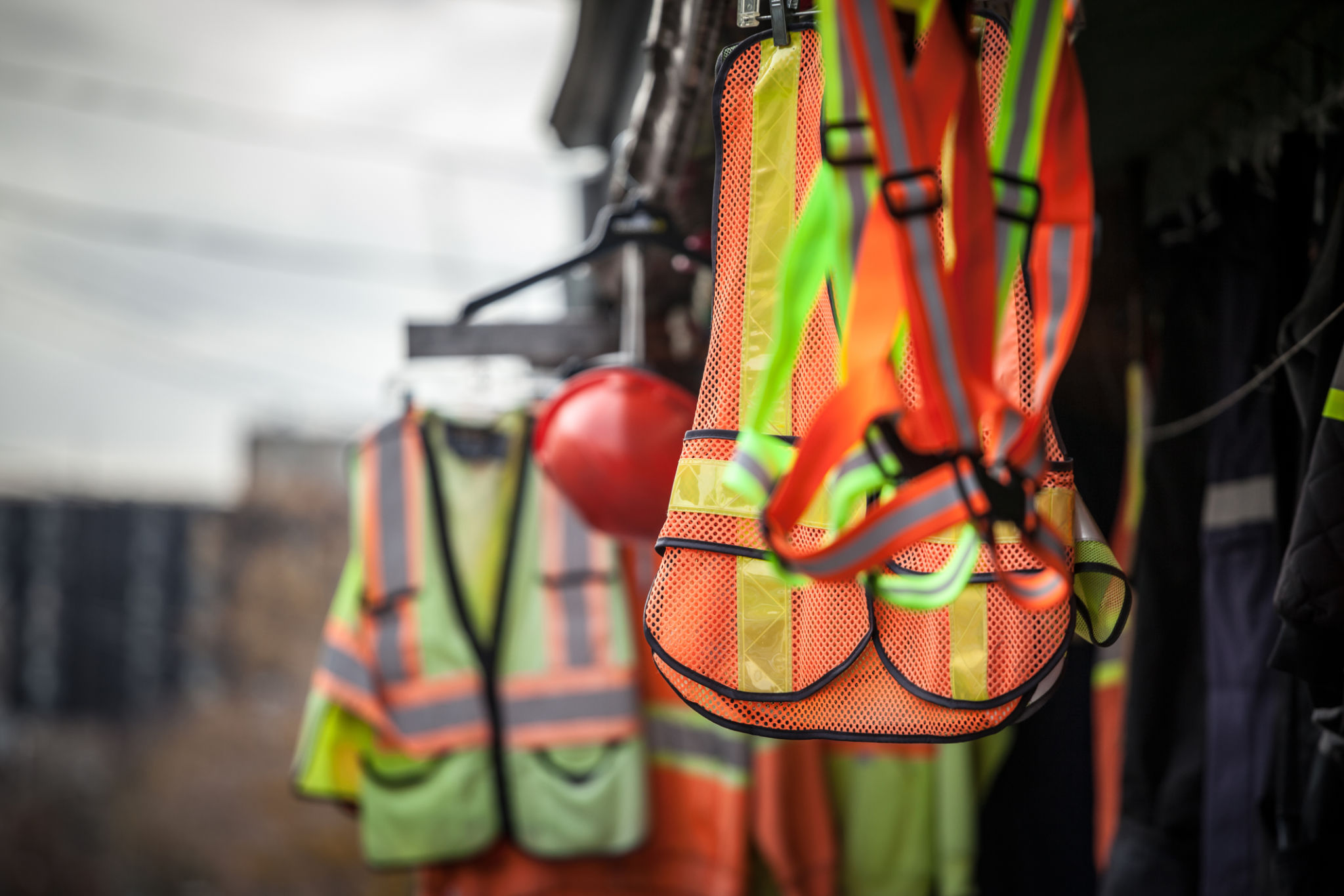Comprehensive Guide to Scaffolding Safety Standards in Murray Bridge
Understanding Scaffolding Safety Standards
Scaffolding is an essential component of construction work, providing workers with a stable platform and access to various heights. In Murray Bridge, adherence to scaffolding safety standards is crucial to ensure the safety and efficiency of construction projects. Understanding these standards is vital for anyone involved in construction activities.
The primary goal of scaffolding safety standards is to prevent accidents and injuries. These regulations cover everything from the design and construction of the scaffolding to its use and maintenance. By adhering to these standards, construction sites can minimize risks and protect workers.

Key Regulations and Guidelines
In Murray Bridge, scaffolding safety standards are governed by both national and local regulations. These guidelines are designed to ensure the safe erection, use, and dismantling of scaffolds. They cover various aspects, including load capacity, stability, and worker training.
The Australian Standards for Scaffolding (AS/NZS 1576) outline the requirements for scaffolding equipment and procedures. This includes specifications for materials, design, and testing to ensure that all scaffolding structures are safe for use. Local authorities may also have additional requirements that must be adhered to.
Training and Competency
Proper training is a cornerstone of scaffolding safety. Workers must be trained in the safe use of scaffolding equipment, recognizing potential hazards, and emergency procedures. In Murray Bridge, it is mandatory for workers to have completed a recognized training program before working on or erecting scaffolds.
Moreover, regular refresher courses are recommended to ensure workers remain knowledgeable about the latest safety practices and regulations. Employers are responsible for providing adequate training and ensuring that all personnel are competent in their roles.

Inspection and Maintenance
Regular inspection and maintenance of scaffolding are critical to ensuring its safety. Before use, scaffolds should be inspected by a qualified individual to verify that they meet all safety standards. Inspections should also be conducted after any alterations or adverse weather conditions.
Maintenance routines should include checking for any signs of wear and tear, ensuring all components are secure, and that all guardrails and toe boards are in place. Proper documentation of inspections and maintenance activities is also essential for compliance with safety standards.
Common Scaffolding Hazards
Despite stringent safety standards, scaffolding accidents still occur. Common hazards include falls from heights, scaffold collapse, and falling objects. Ensuring that guardrails are installed, platforms are fully planked, and tools are secured can significantly reduce these risks.

Additionally, environmental factors such as strong winds or uneven ground can pose dangers. Adhering to load limits and ensuring scaffolds are erected on stable ground are essential measures in preventing accidents.
The Importance of Compliance
Compliance with scaffolding safety standards not only protects workers but also has legal implications for construction companies. Failure to adhere to these standards can result in penalties, legal action, and a damaged reputation. Therefore, prioritizing safety is both a moral and legal obligation.
By fostering a culture of safety and vigilance, construction sites in Murray Bridge can significantly reduce the likelihood of accidents and ensure a secure working environment for everyone involved.
